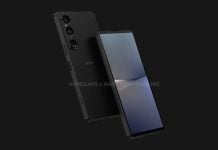Sony recently unveiled the new generation of TWS ACTIVE NOISE headphones WF-1000XM3. The original product was launched a couple of years ago, and Sony fans are waiting with bated breath to get their hands on this headphone as it is expected to boast a slew of radically overhauled features.
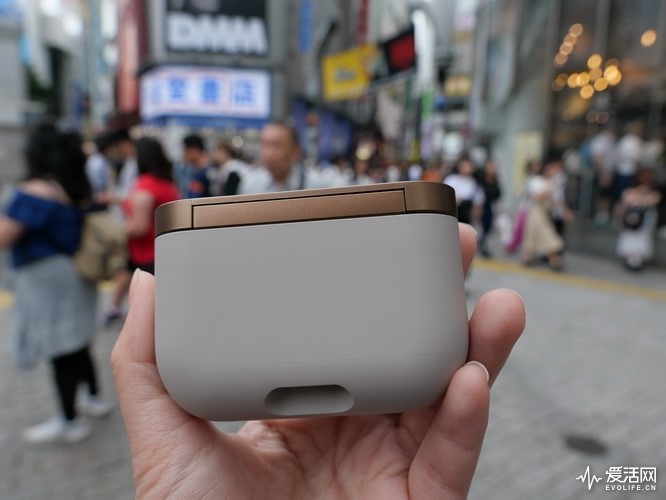
Much to the chagrin of music lovers, TWS headphones do not offer noise reduction, making the original TWS noise-canceling headphones quite an embarrassment. It is hardly surprising that the people have restlessly been waiting for a TWS headset that boasts the noise reduction feature. Taking this into consideration, Sony has launched the second-generation product.
Thanks to its in-ear TWS earphone with noise reduction function, the Sony WF-1000XM3 has propelled to skyrocketing popularity after hitting the store shelves last week. Despite bearing a slightly steep 1699 Yuan price tag, the device has stirred the interest of those who have restlessly been waiting for headphones to offer the aforesaid feature.
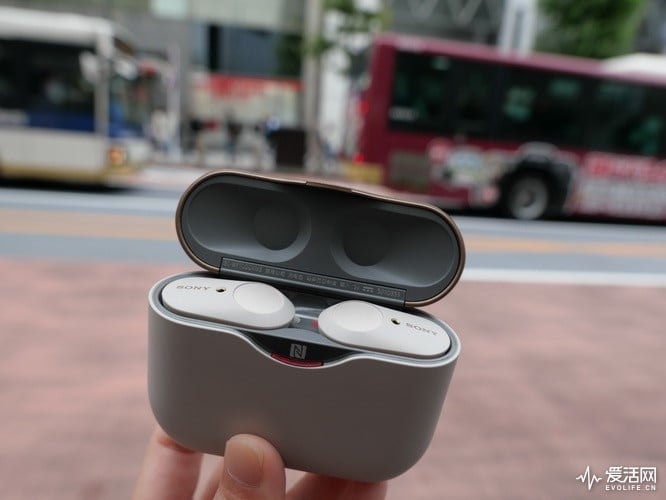
In terms of specs, the new generation WF- The 1000XM3 offers impressive developments in noise reduction performance, connectivity, intelligence, battery life, and overall sound quality. The WF-1000XM3 is not yet made available to the public. Aihuo.com was present at Sony’s Tokyo-based Osaki office to take a gander at the WF-1000XM3 in advance, and use it for an hour in Shibuya and share their feedback.
DESIGN AND BATTERY LIFE
The WF-1000XM3 seems to bear a striking resemblance to the previous generation in terms of appearance. It can be recalled that the previous generation WF-1000X was small, and came with a small attached storage charging box at the time of its launch. Although there were no concerns regarding the bag, it is relatively bigger than some earphone charging boxes without noise reduction available in the market today. This generation retains the same size, in fact, it seems to be a bit larger.

However, on the body of the headphone, the WF-1000XM3 have a much professional, clean, and all-around sleek look than just the shiny predecessors.
The Logo of Sony and microphone inlet are covered with copper accents/rose gold. The lightweight and the three-point fixing structure is absolutely comfortable to the ear.
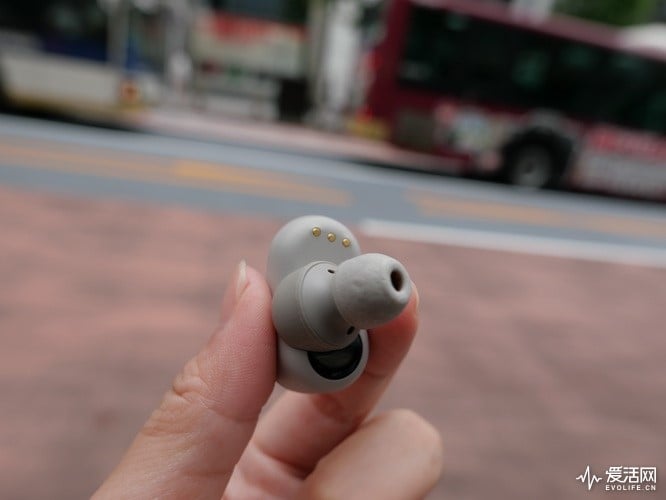
The product is highly likely to garner more popularity among businessmen and women. The WF-1000XM3 is currently available in only two color options including black and white. it is worth noting that the round corners of the earphones do not hide the tough atmosphere. The elimination of shark fin structure makes it unsuitable for heavy activities such as running. In other words, do not use it as a sports headset.
By increasing the size of the charging box, there is a great improvement in the second generation. According to official data, the WF-1000XM3 supports long standby, and it has active noise reduction and can be used for 24 hours (6 hours headset + 18 hours charging box).
Although, when the noise reduction function is off, you can use the headset for 36 hours on standby.
The creator walked around the streets of Tokyo for an hour with the headphones on and the battery was charged to 100%. The robust battery of the WF-1000XM3 supports fast charging, charging for 10 minutes and playing for 90 minutes.
The charging box supports charging the headsets three times, therefore there is no need to worry about the battery life.
Wireless charging is not required because the charging box’s size will be increased after adding the wireless charging function. Nevertheless, no one seems to be complaining about the Type-C USB.
NOISE REDUCTION AND SOUND QUALITY
The noise reduction of WF-1000XM3 is a significant element. As compared to the previous generation WF-1000X, the WF-1000XM3 offers relatively superior noise reduction; in fact, it is the best noise reduction in existing wireless headphones. Sony’s newly invented HD noise reduction processor QN1e handles the task of distinguishing and capturing the noise of the surrounding multi-band.

As soon as it picks up the ambient sound, the QN1e delivers a reverse sound wave in order to offset most of the outside noise. While walking on the road, the user can effortlessly isolate the noise of the car and the radio, but people around can only hear it faintly.

The QN1e HD noise reduction processor is actually a portable low-power version of the QN1 noise reduction chipset of the well-received head-mounted noise-canceling headset WH-1000XM3.

Incorporation of digital noise reduction, digital to analog converter + headphone amplifier, a 24-bit sound signal processor.
The idea is to obstruct the noise from interfering with the output through the well-built wearing structure, and then employ the double feedback microphone in order to capture the ambient noise, and eventually get rid of the environmental noise with the help of QN1e noise reduction processor.
The QN1e HD noise reduction processor combines a 6mm drive unit with a DSEE HX digital sound enhancement engine to give the WF-1000XM3 excellent output performance, which is an improvement over the previous generation. On the Headphone Connect APP, there are also a variety of sound effects and personalized equalizers.
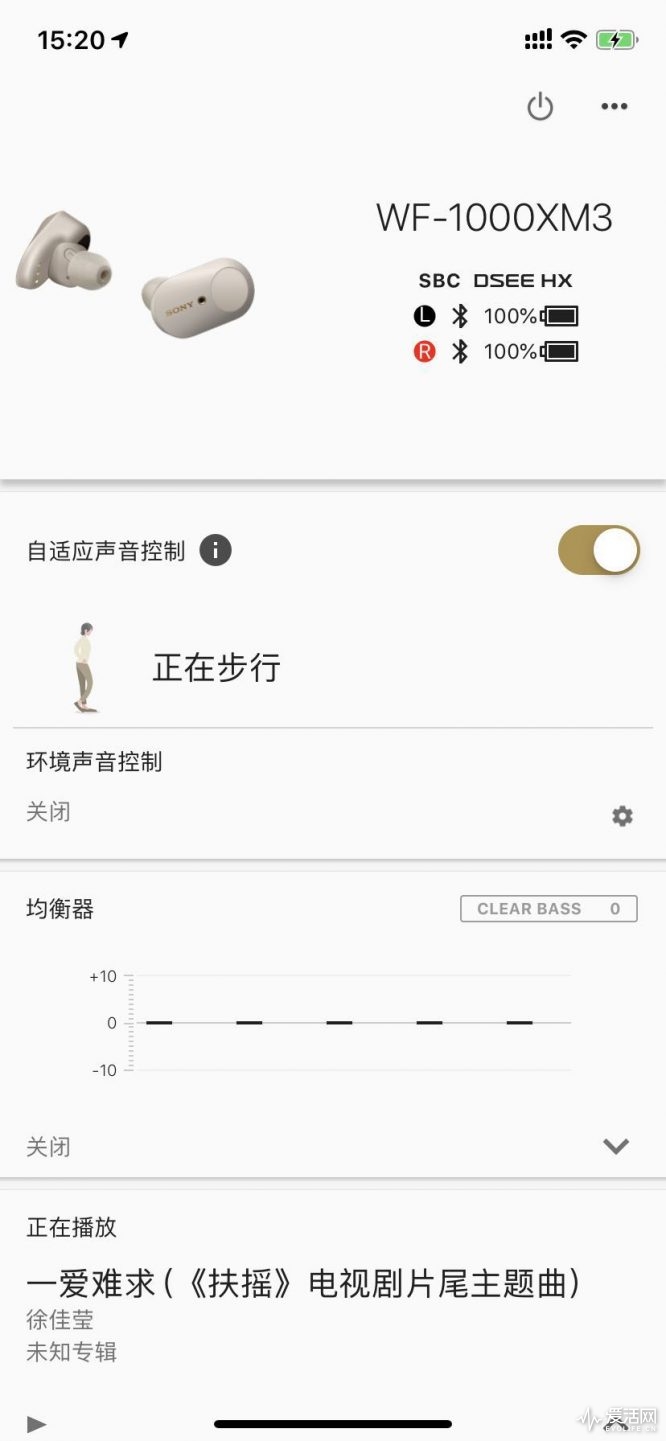
The WF-1000XM3 is a great choice for listening to your favorite ACG music. The sound quality is amazing and it is very close to the level of Sony neck-mounted in-ear headphones WI-1000X, although neither the noise nor the sound quality can be matched with Sony’s own and other flagship brands that have noise-canceling headphones (Non-TWS). Nevertheless, it is remarkable to achieve this level for a small TWS noise-canceling headphones.
The company is bent on improving the small form factor of the WF-1000XM3 in terms o noise reduction performance and offer high sound quality, comparable to the WH-1000XM3.
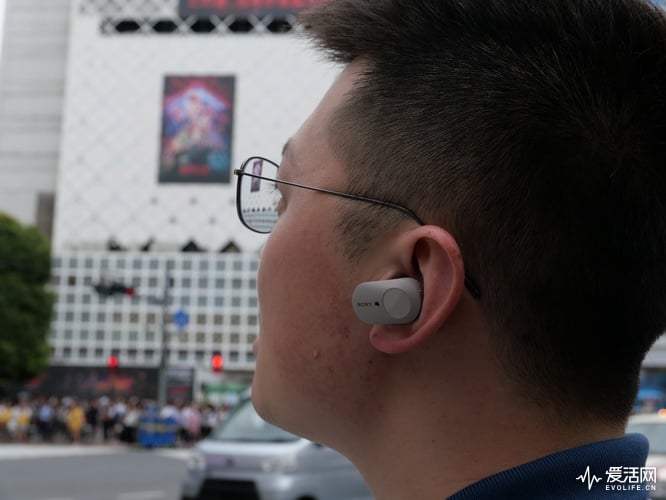
Since it packs self-developed chips, WF-1000XM3 does not support APTX and LDAC. The company pointed out that Qualcomm’s APTX fails to meet Sony’s noise reduction requirements, apart from making the volume larger in order to deliver longer battery life. The research chip is more capable of balancing the size and sound quality of the headphones.
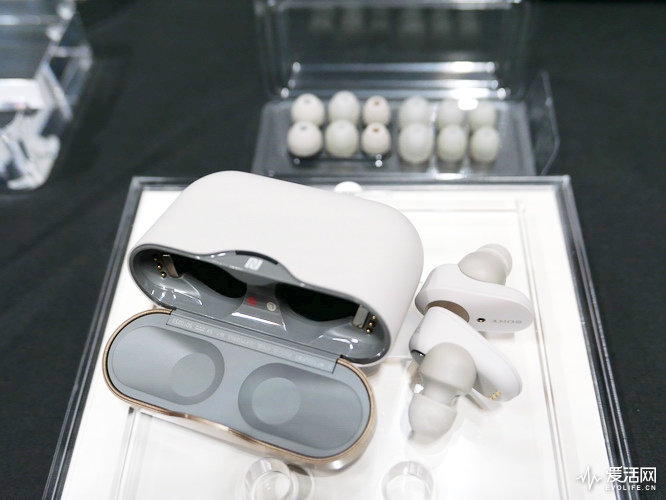
CONNECTION AND TOUCH
Citing the lack of support for the APTX and LDAC, the WF-1000XM3 only supports SBC and AAC. Following the footsteps of its predecessor, the App offers two options including “Sound Priority” and “Stable Connection Priority.” While selecting “Stable Connection Priority” will deliver maximum flow, going for “Sound Priority” will ensure enhanced sound quality. The former uses the SBC transmission format, while the latter relies on the AAC format.
The addition of Bluetooth 5.0 technology has helped the Sony WF-1000XM3 to achieve better stability than the previous generation. A lot of people opt for “stable connection priority,” as they don’t mind losing a bit of sound quality in a bid to let the headphones flow as much as possible.
After testing a few brands of TWS headphones on the busy Shibuya, which is home for two busiest railway stations in the world, I realized that AirPods delivers the best connection performance. There was never a break. Although the WF-1000XM3 is unlikely to flow uninterruptedly, the current interruption will not happen repeatedly.
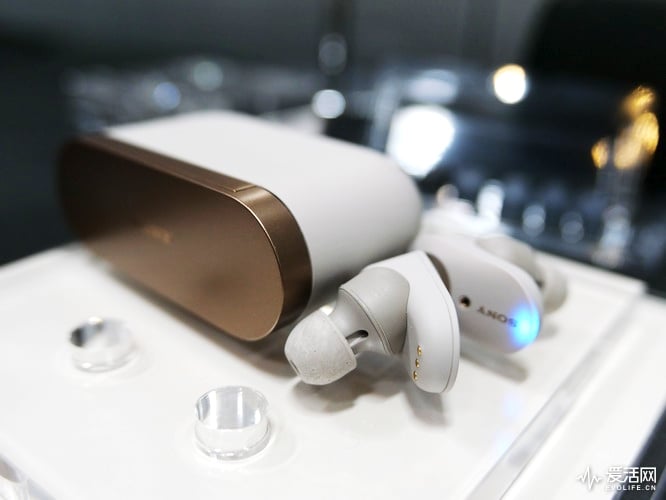
This time, the WF-1000XM3 can finally be used in one ear, and the left and right earphones simultaneously send Bluetooth signals. The two headphones don’t need to be paired any more, and the previous main/secondary ear settings are discarded.
The creator also compares several well-known TWS products. Sony WF-1000XM3 also shows great progress in terms of delay. While watching a video, several headphones can achieve synchronization of sound and picture, which is difficult to differentiate.
Dream Simulation Warfare is the only mobile game that was tested. Much to my delight, there was no delay in playing it.
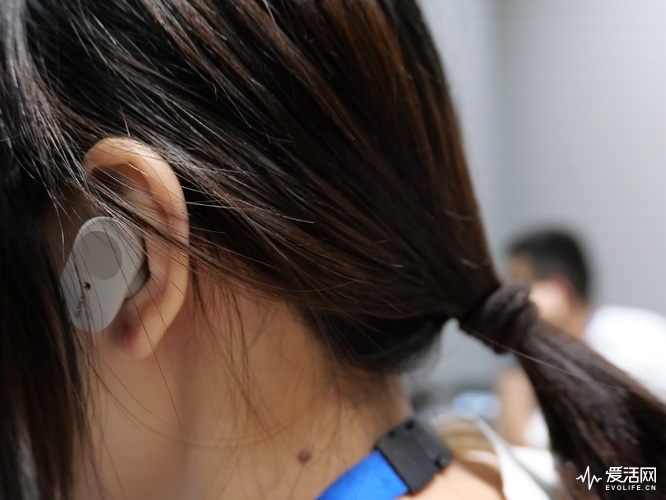
The WF-1000XM3 app offers an adaptive noise reduction function (which can be switched off) to determine the user environment and activate the intelligent environment sound control automatically. Moreover, the walking”, “running” and “by-vehicle” modes are automatically identified to automatically activate the preset noise reduction level.
You get access to 20 levels of ambient sounds in total. Ideally, when you are walking, the reduction of the ambient sound will be reduced to check the road conditions and ensure the wearer’s safety. You can set these values manually. It is worth mentioning here that people generally prefer manual intervention rather than automatic identification.


Furthermore, there is no need to take off the earphone as long as your finger is touching it. You can hear the ambient sound immediately and start talking. The headset is programmed to stop playing automatically when you remove it. If you fancy using just one headset, you can switch this feature off using the app.
FINAL VERDICT
Last Friday, Sony spilled the beans on the price tag WF-1000XM3 will be carrying as 1699 yuan in China. This is expected to be slightly higher than the price it will come bearing in the rest of the countries. It was hardly surprising to see a pre-purchase boom last Friday.
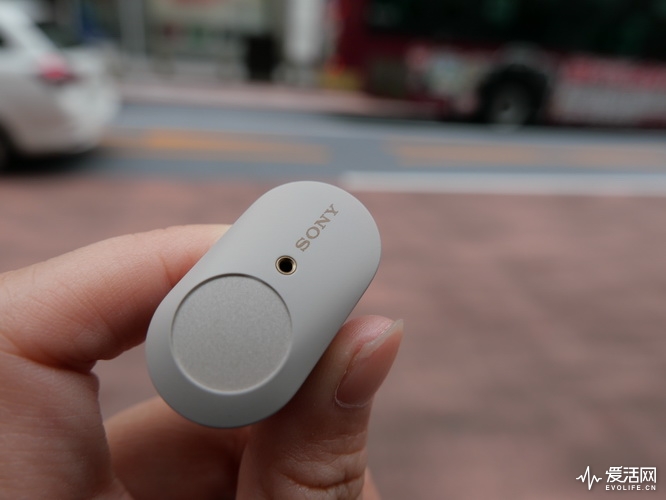
If you are still unsure whether or not to buy, here are some of my observations as a first time user that might help you make the decision.
First off, it is imperative for you to be sure that you need the noise reduction feature. The rapidly developing noise-reducing market is over 800 Yuan at the time of writing.
Manufacturers are leaving no stone unturned in a bid to achieve noise reduction in their TWS earbuds. Regrettably, the difficulty faced in terms of data transmission restricts noise reduction in TWS.
Although Qualcomm’s QCC5100 series is capable of integrating dedicated hardware modules to support active noise reduction ANC, the size of the headphone is still a matter of concern in this reference design. Taking this into consideration, Sony decided to take matters in its own hand and came up with the QN1e.
The WF-1000XM3 boasts noteworthy improvements in multiple areas including noise reduction, battery life, sound quality and connectivity as compared to its precursor. Nevertheless, there is still a huge scope for improvement in a couple of areas including connectivity and intelligence.
Both, noise reduction, as well as the sound quality, is comparable, yet lower than the collar headset WI-1000X. Despite this shortcoming, it is still the best in noise reduction in true wireless noise-canceling headphones.
In other words, it is not really wireless, but true wireless without WF-1000XM3 noise reduction.
If you do not give importance to the noise reduction, the market is brimming with top-end TWS headsets such as Sennheiser Momentum TWS, which delivers amazing sound quality, as well as the stable and highly durable AirPods.
However, if you are in the market for a headphone that offers noise reduction and delivers high sound quality, the Sony WF-1000XM3 is the only device that can fill the bill. It is inexpensive, yet a high-end TWS headset with noise reduction.
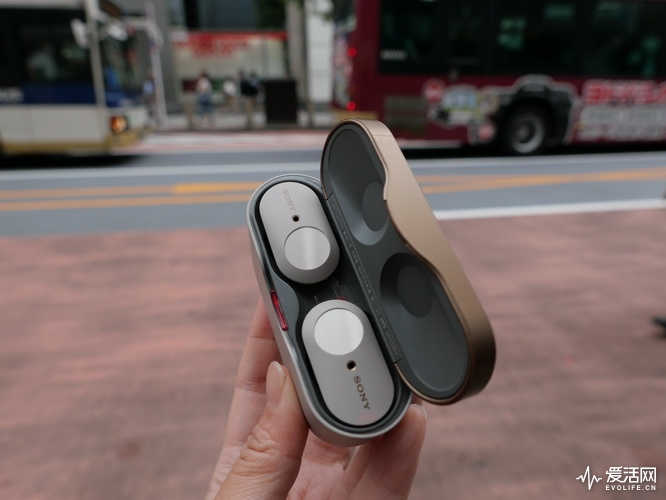
Source: evolife


